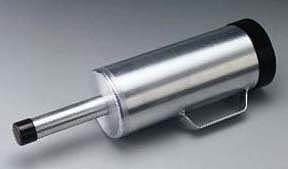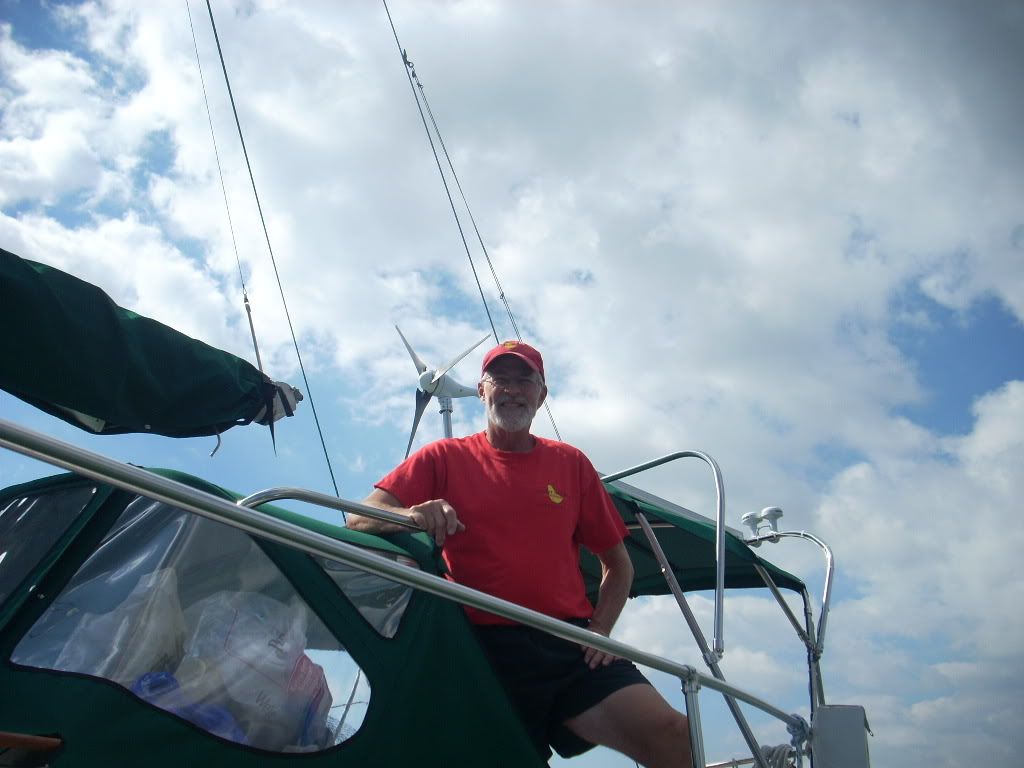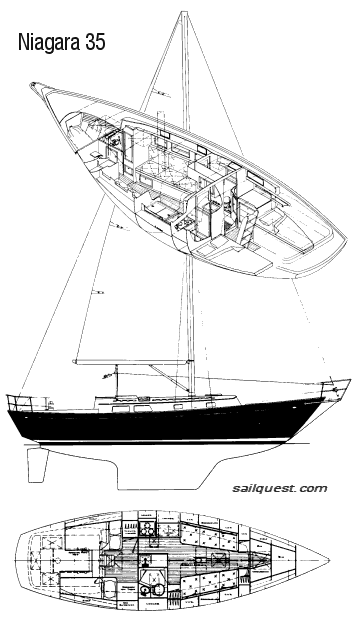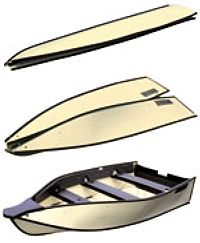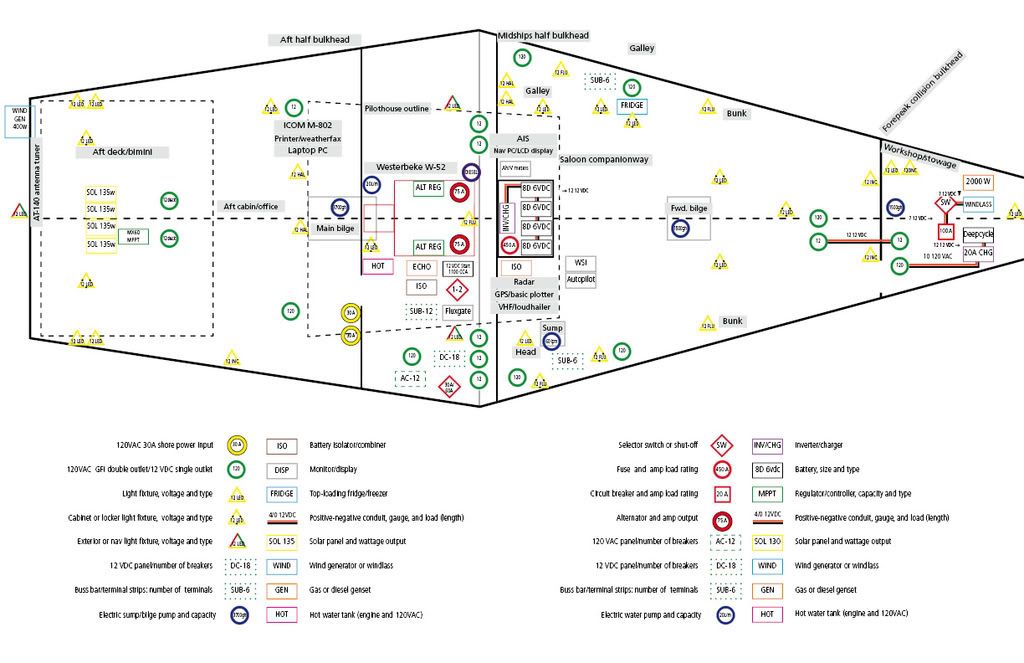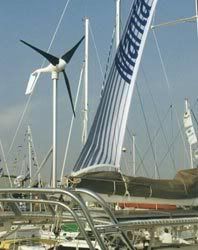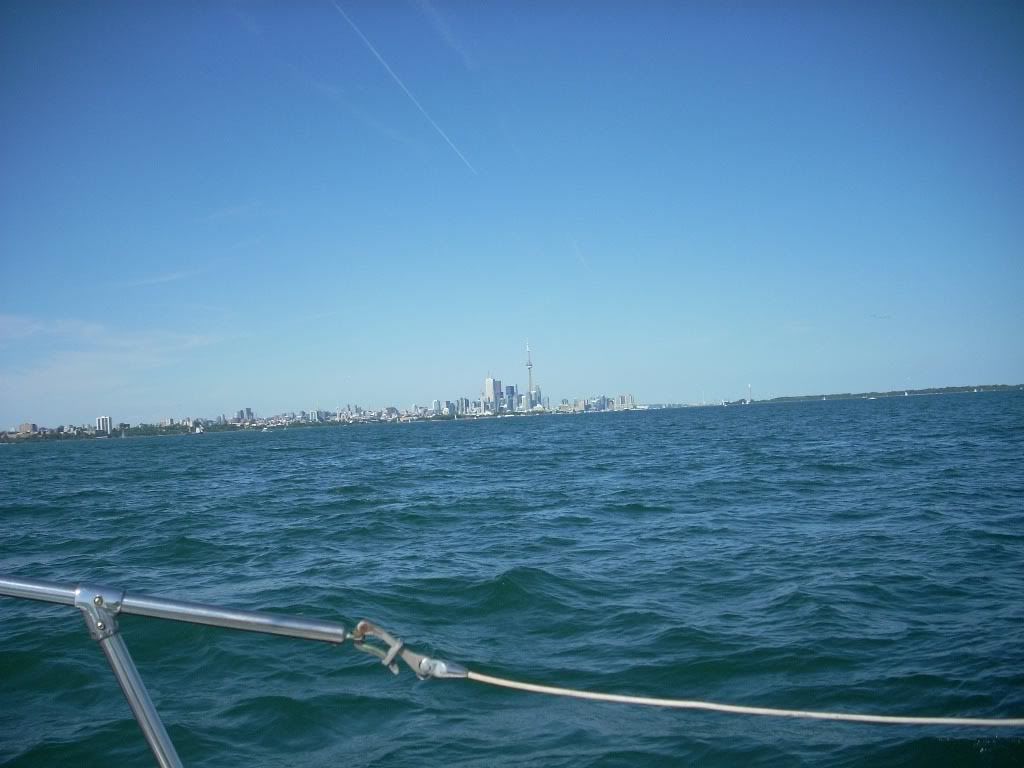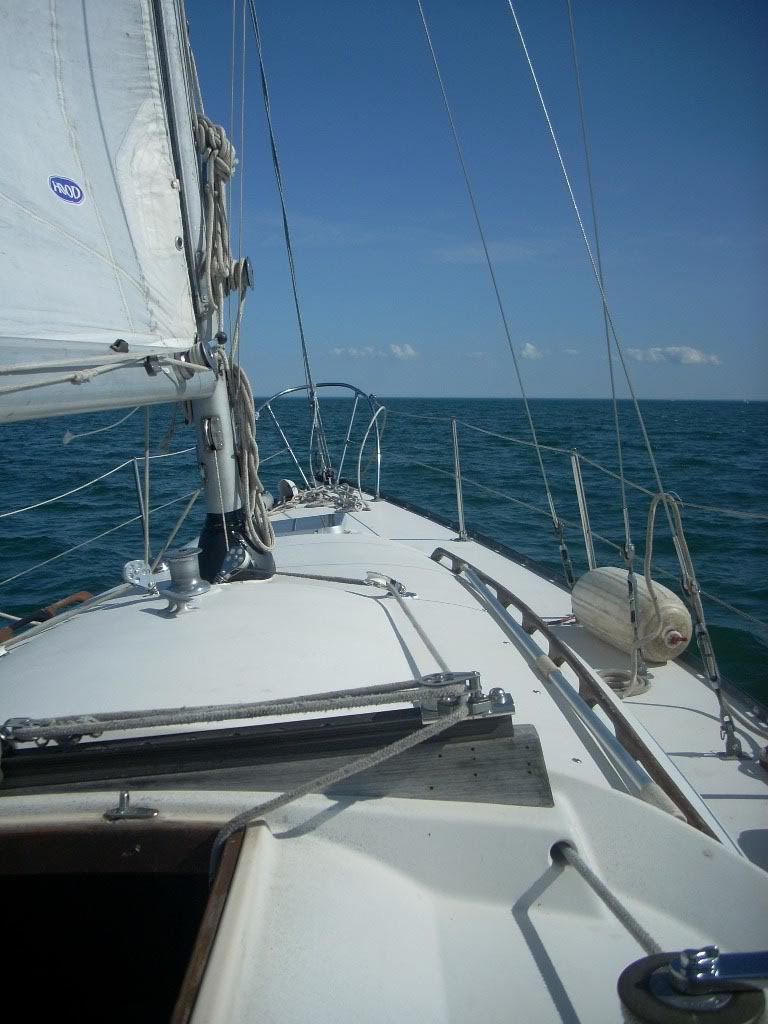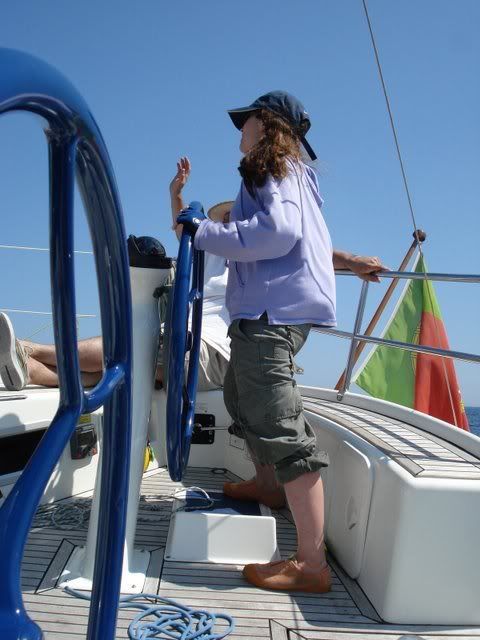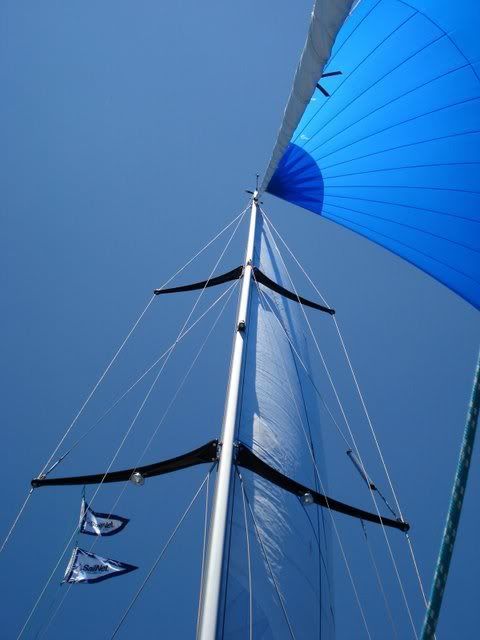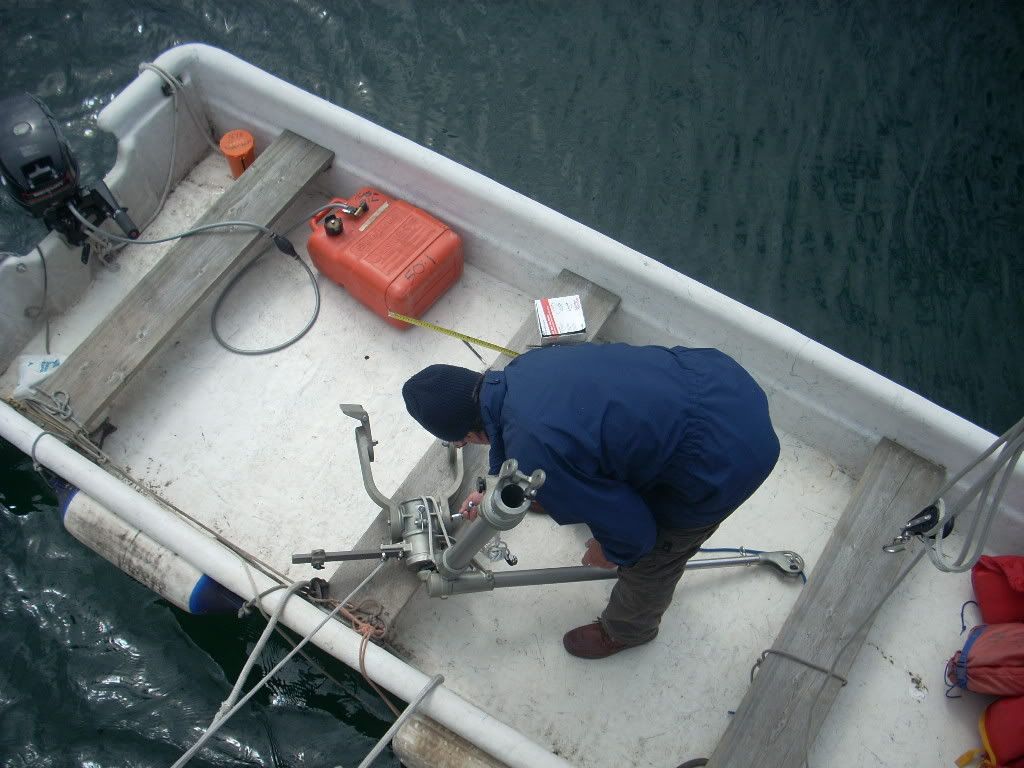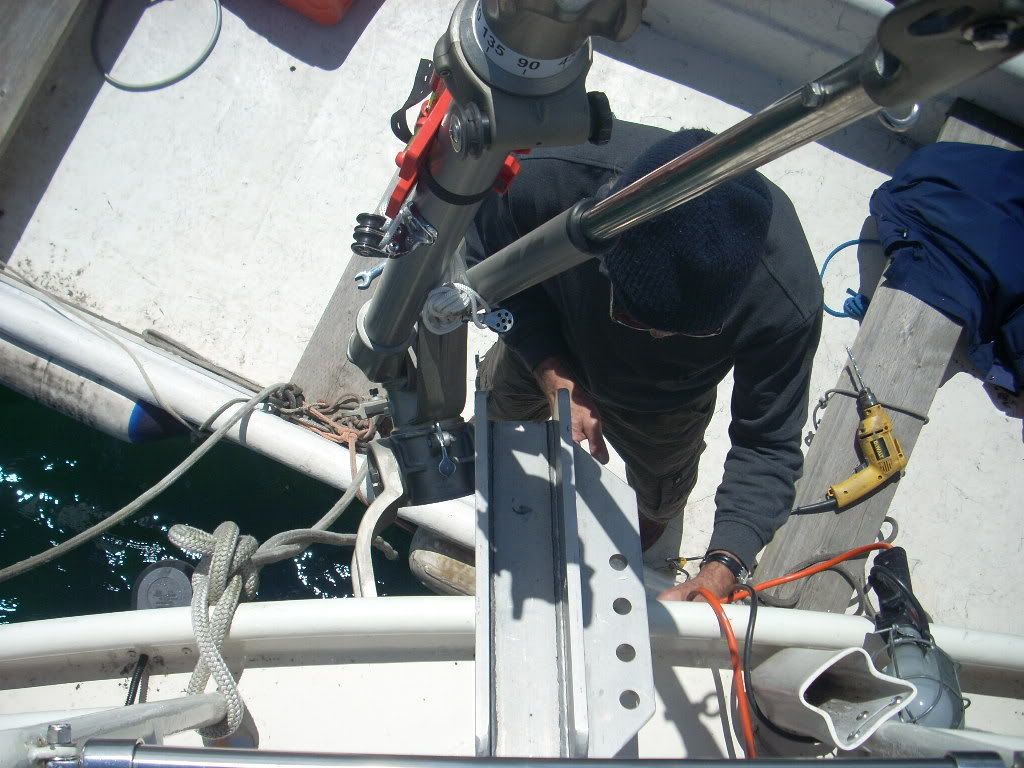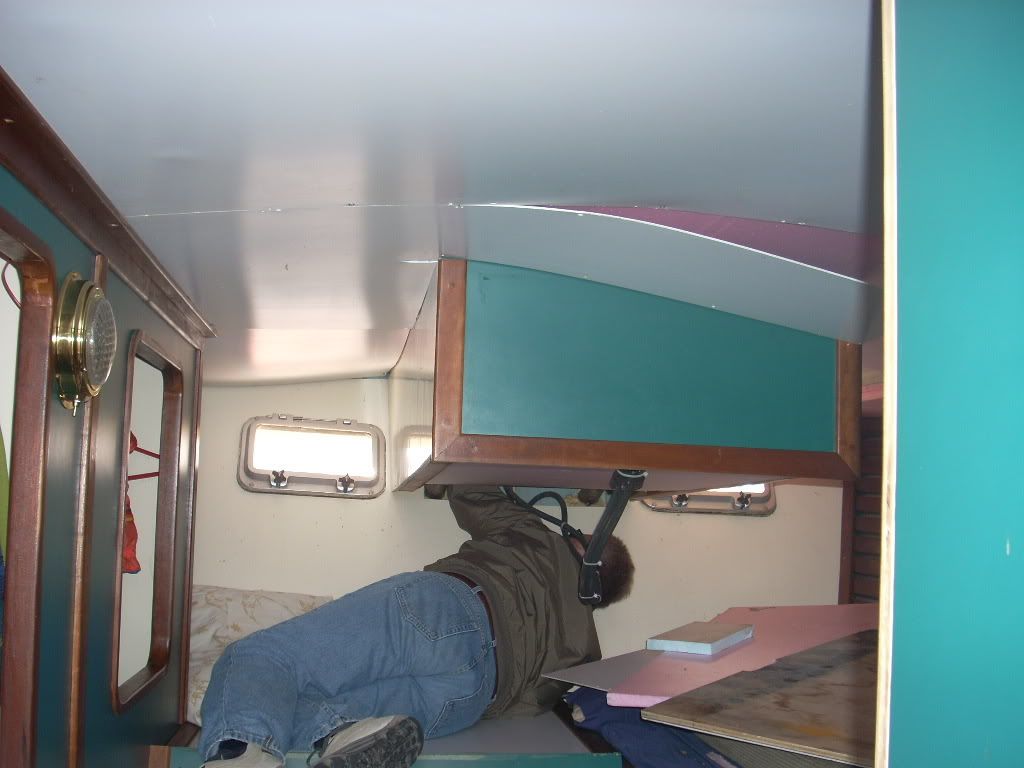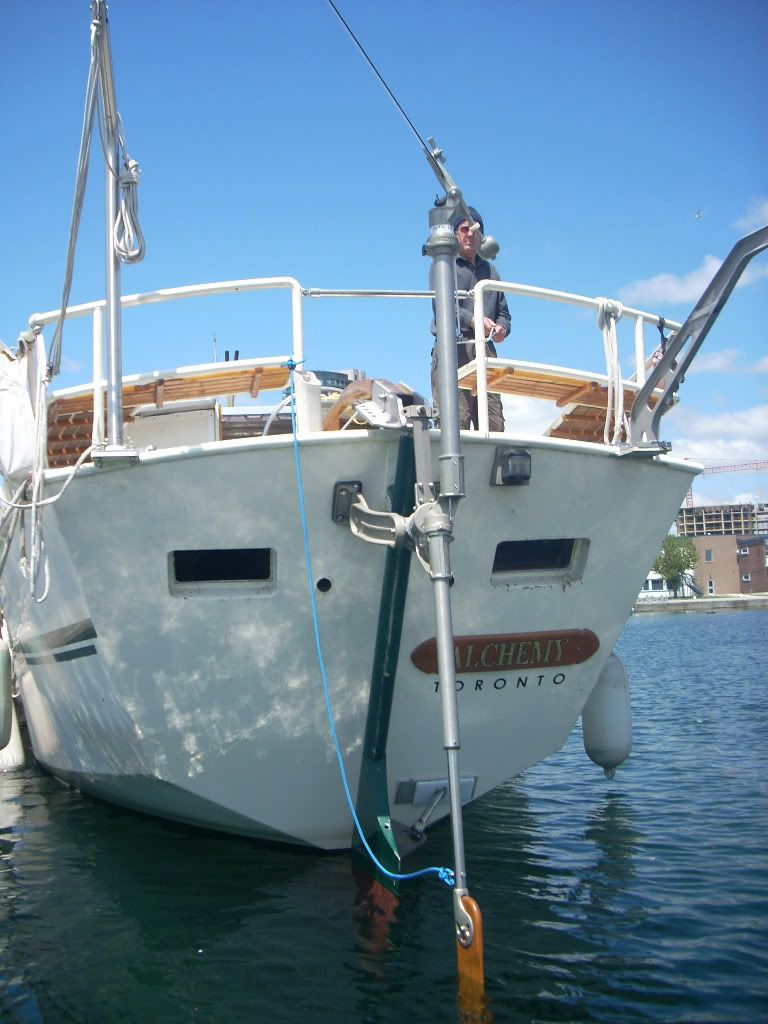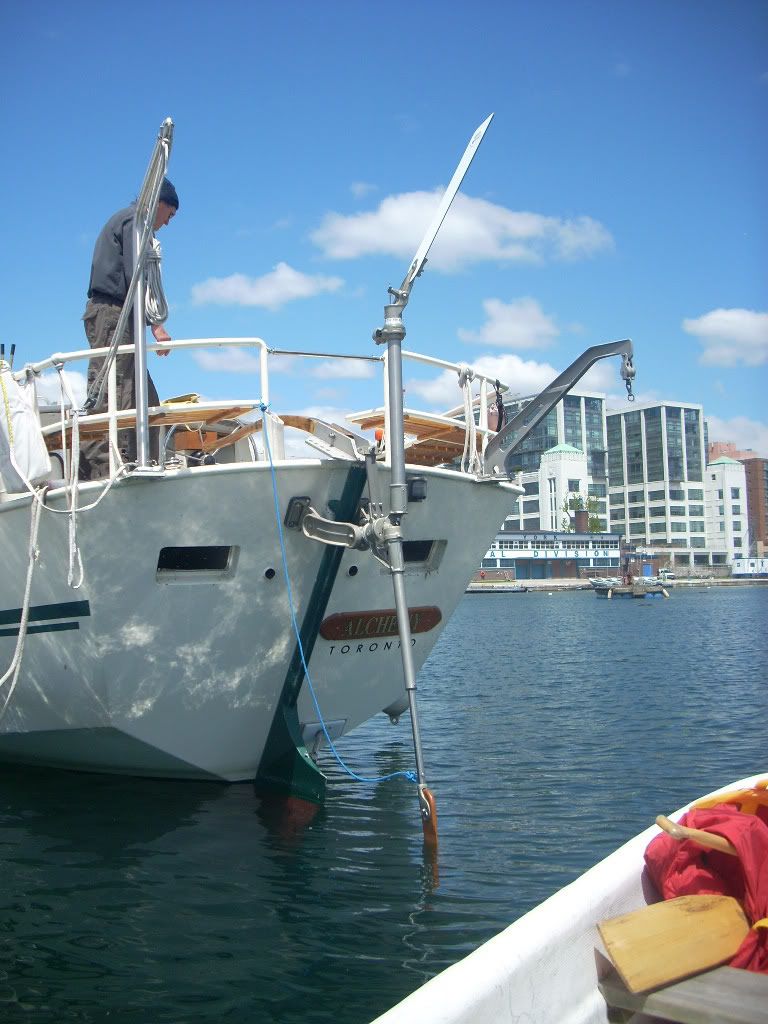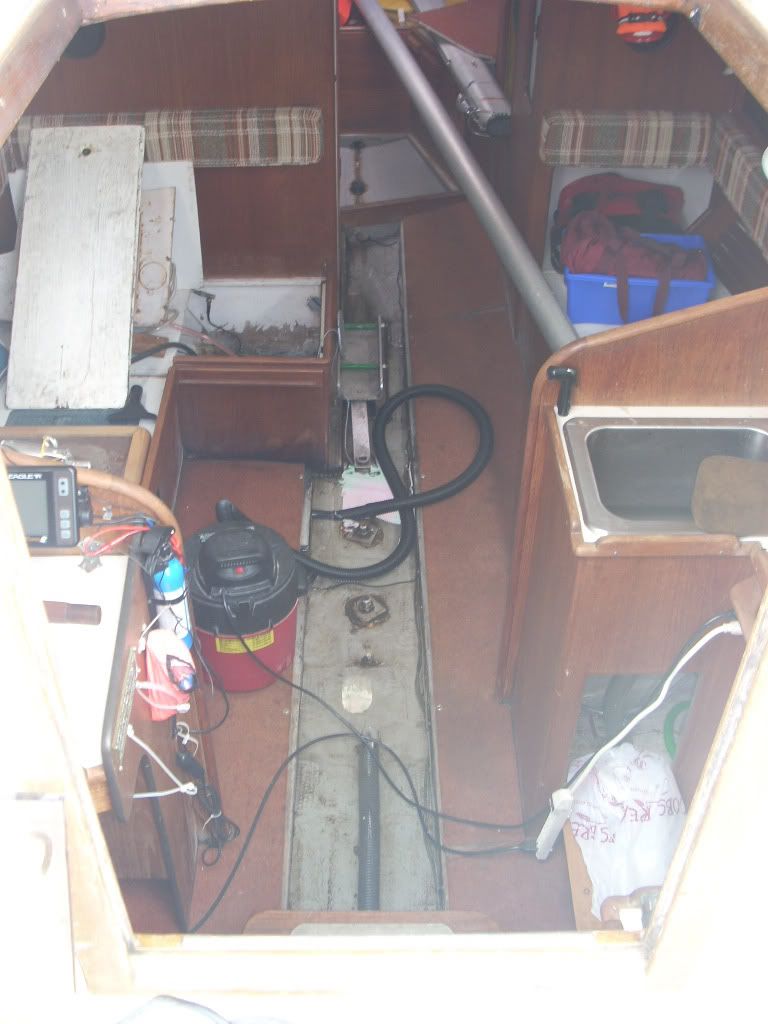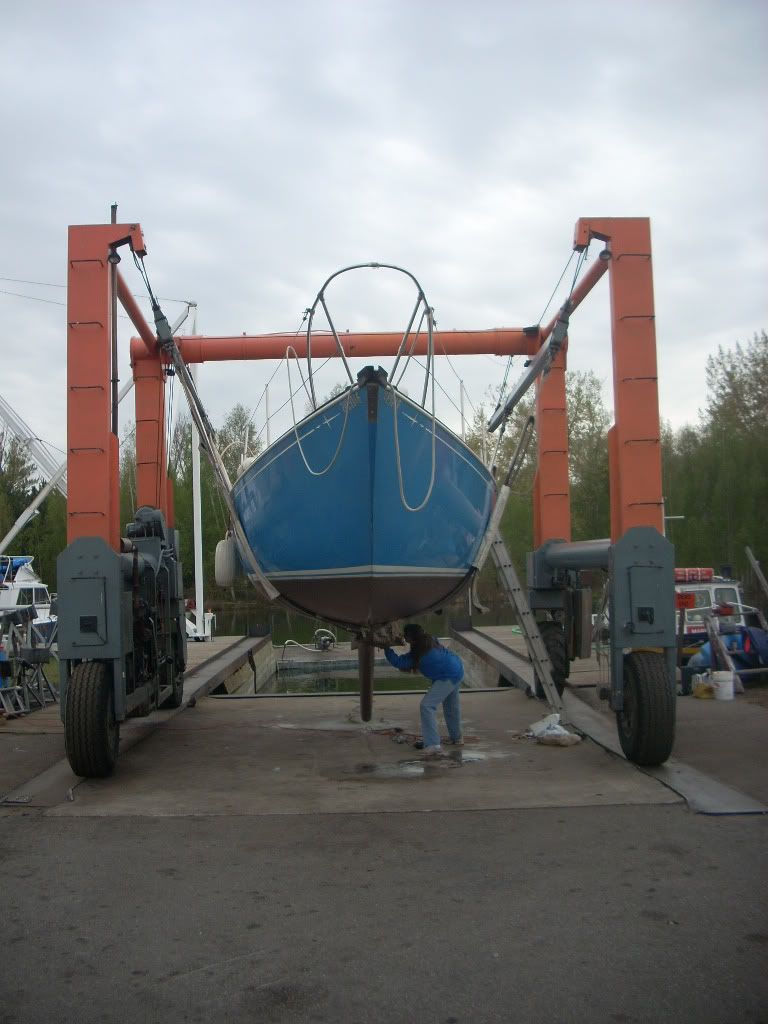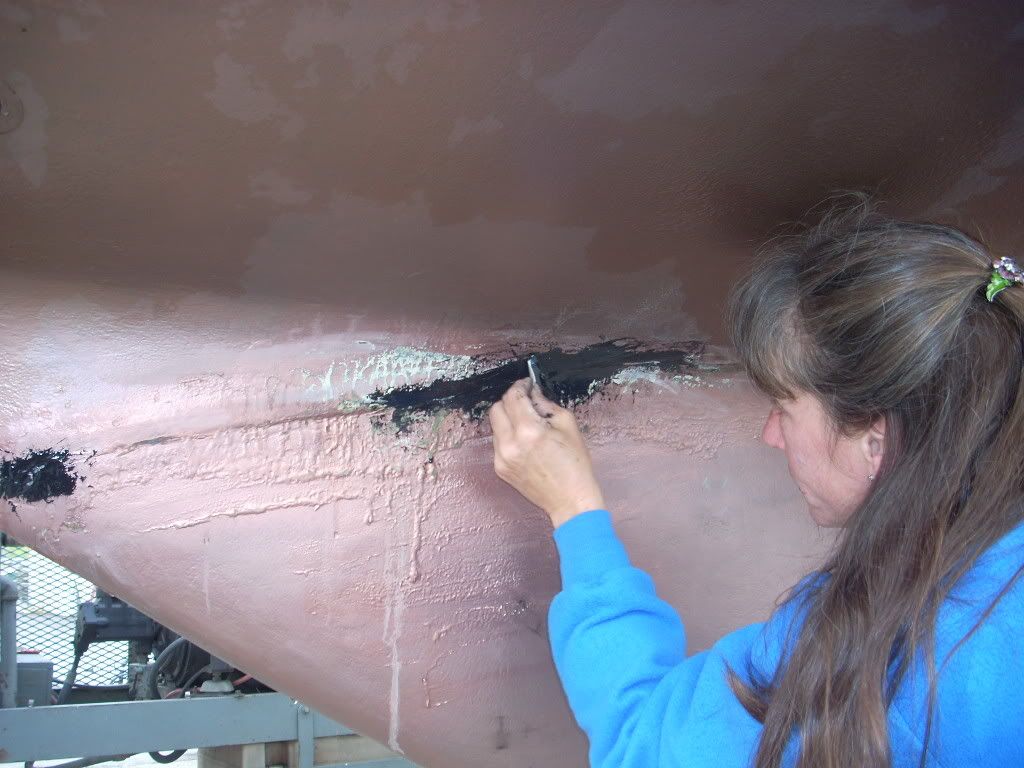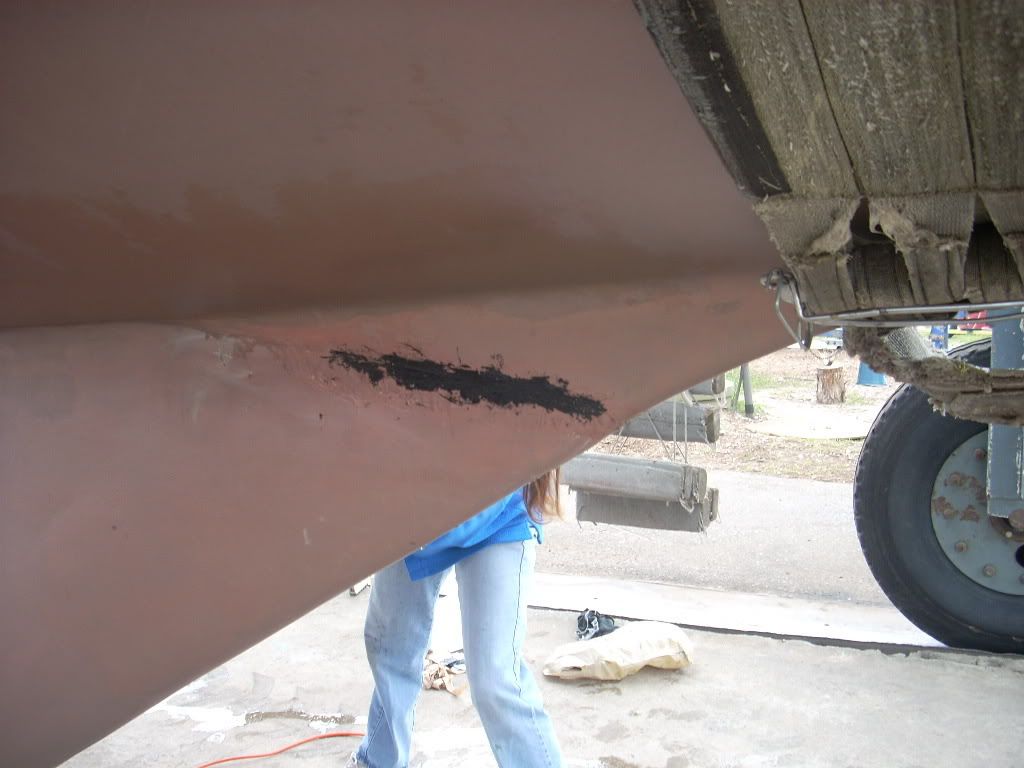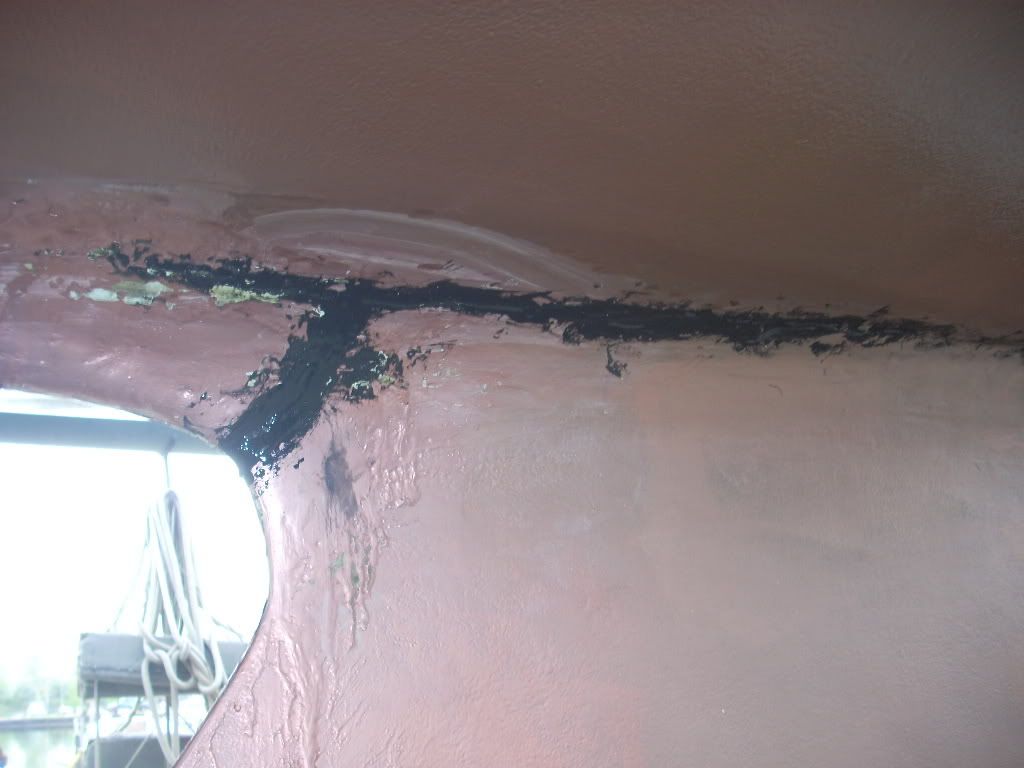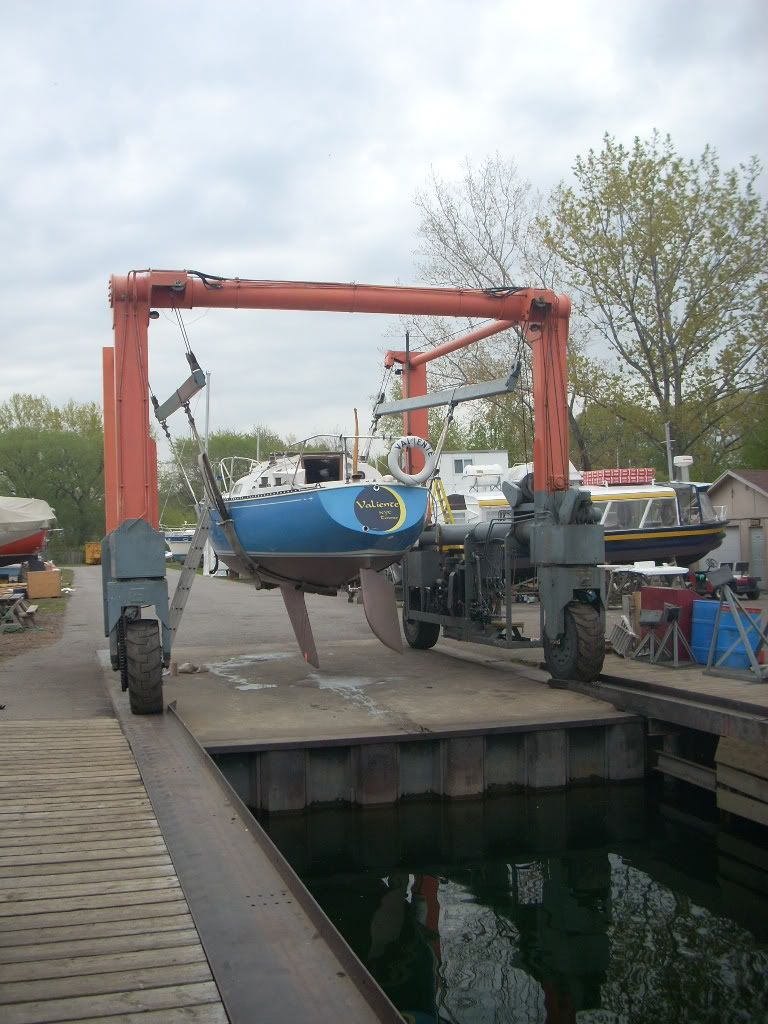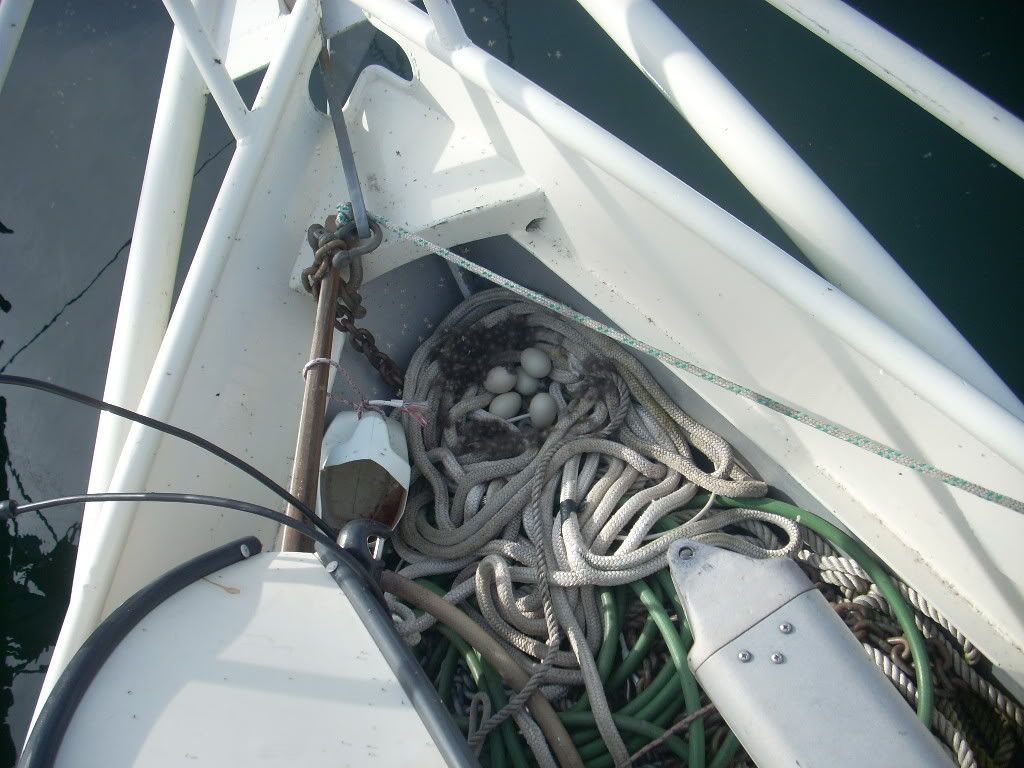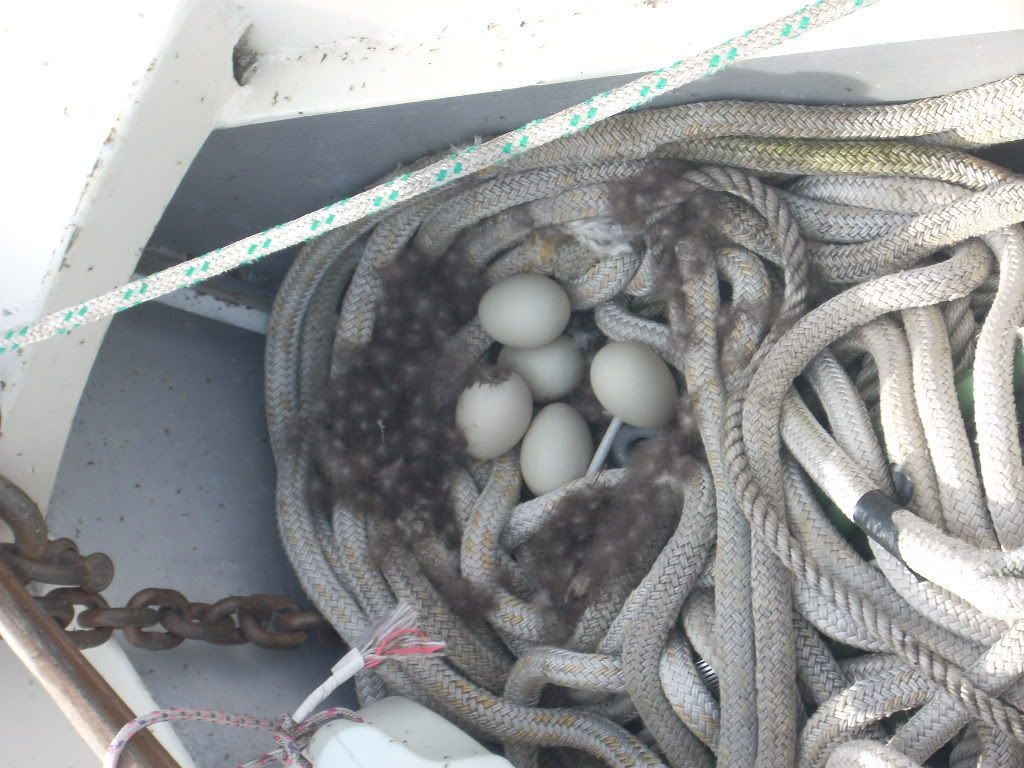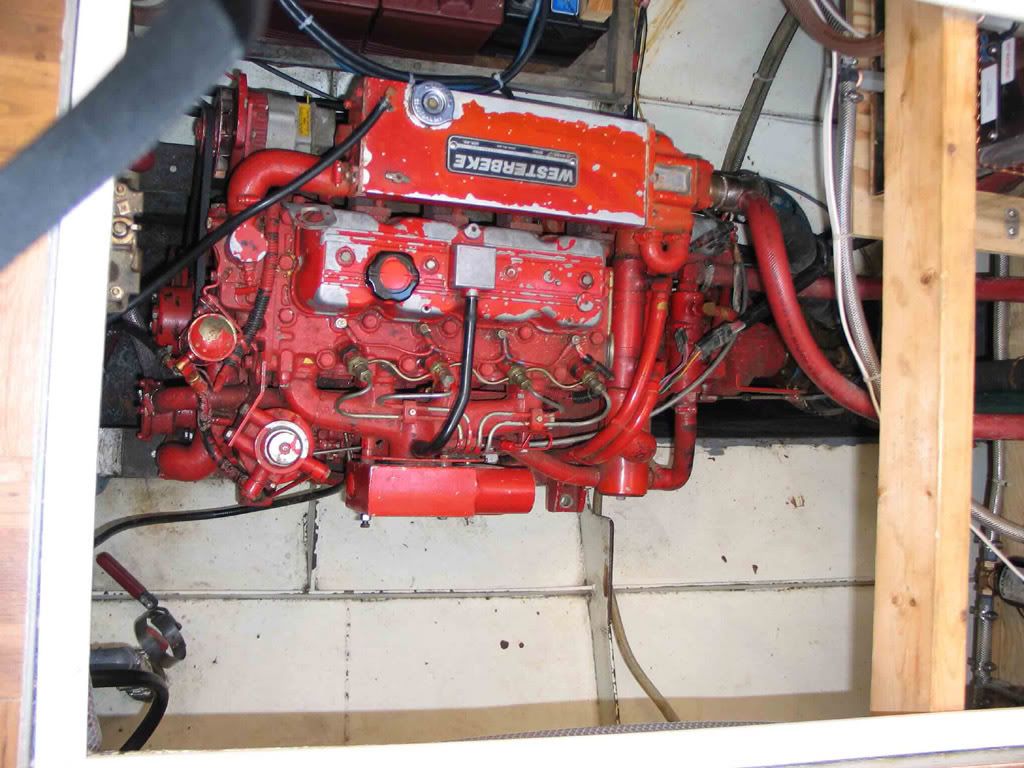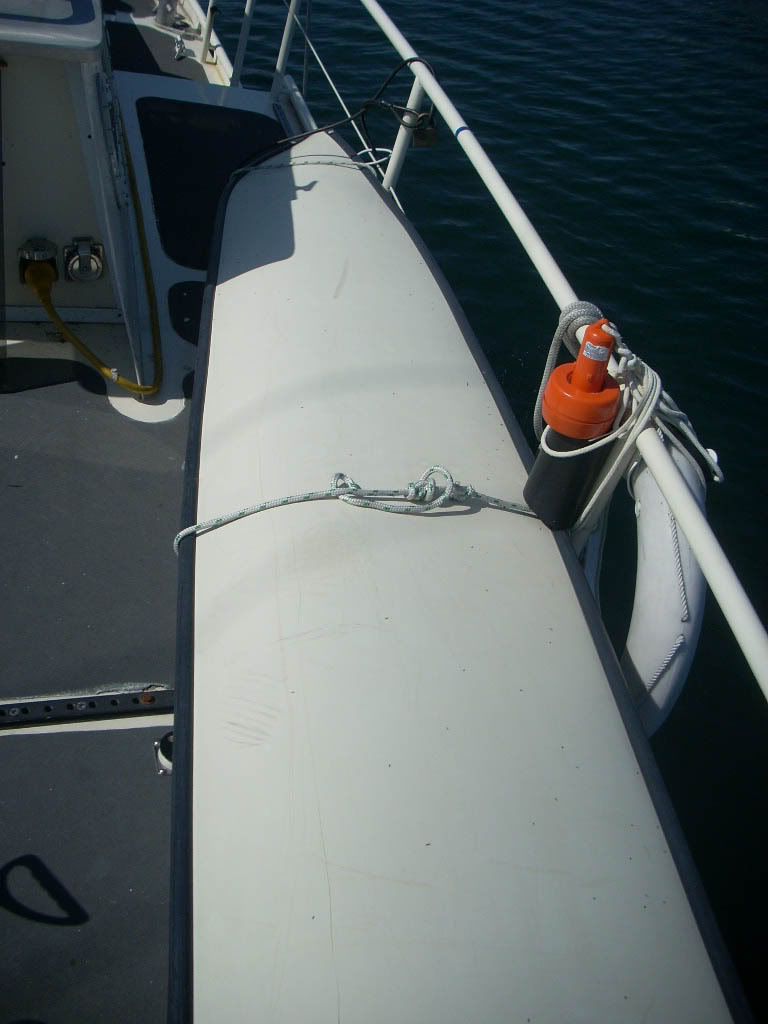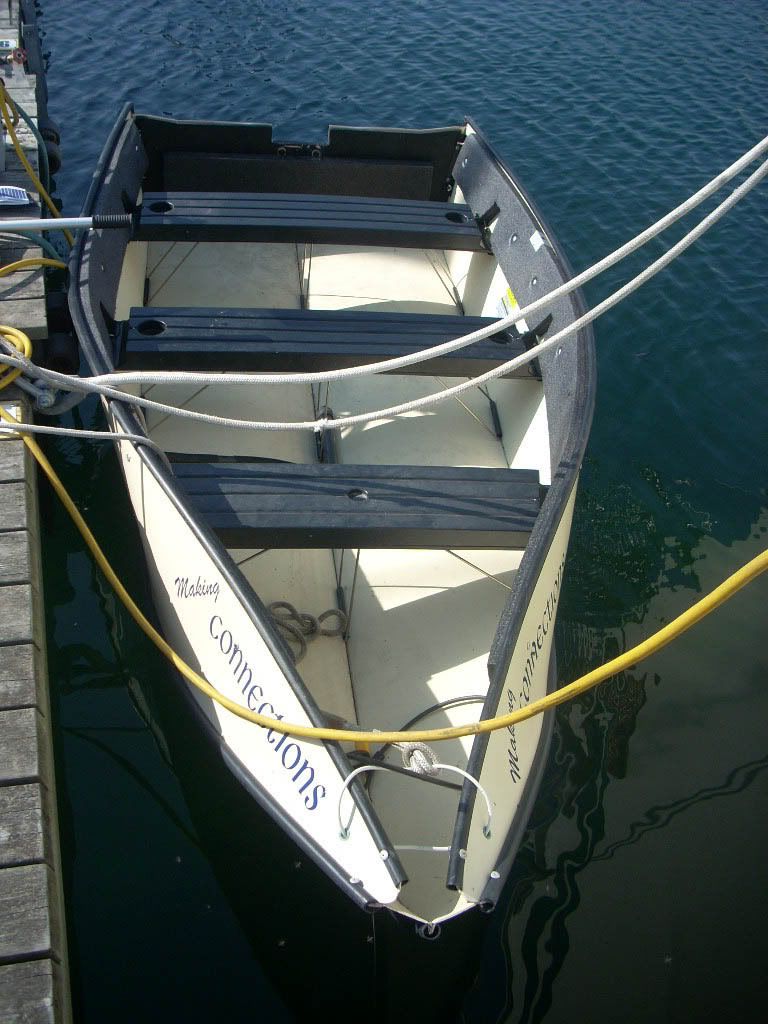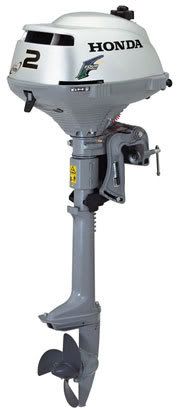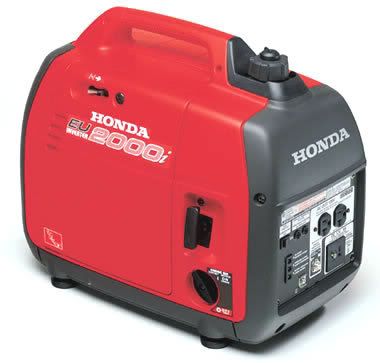
After a long gap in the late fall filled with seemingly endless paying work (as opposed to boat work), holidays, birthdays, familial stuff, and extremely prejudicial weather from a boat-fixing point of view, I am back with some final thoughts of 2008. Yesterday I was down on the boat in blowing wind retarping the pilothouse. Much on my mind (besides hanging on for dear life as my fingers gradually froze) was the likelihood that the best thing I could do for our plans would be to keep the boat on the hard this summer instead of launching. When I suggested that the need to weld, to paint, to replace tanks, to sound proof, to replace plumbing, exhaust and part of the electrical system, to pull the rudder and shaft, and to redesign and rebuild the aft cabin might be better accomplished ashore in 2009, my wife's face fell. On some level, she understands that having the boat in a parking lot instead of a dock will make many tasks easier (not even taking into account the proximity to the club's well-equipped workshop), but the prospect of a second summer without using The Main Ship is disappointing to her, as it is to me. The presence of a functioning dinghy on board, plus access to the old boat at a nearby club, should help make the prospect of labouring in a gravel parking lot while obtaining sculpted calves via ladder climbing more palatable. So to any readers of this space (are there any readers?), the possibility of fewer sailing shots and more grainy pictures of various marine nooks and yes, even crannies grows stronger in '09. As may be slightly apparent from the rather sad picture above, we got a bit of rust busting, MetalPrepping and two-part epoxy painting done in the very few non-cold, non-raining, non-blowing or -snowing days we had this fall. The silver streak below the waterline is anti-rusting undercoat put on in a hurry after we noticed after we had done the major touch-up work. It seems that someone dinged our boat, likely with a crane spreader, when retrieving a boat to go on a trailer. The lists of "suspects" is short, and I am confident that this was simply an unnoticed scrap by a club member and that I'll get some free barrier coat out of it at some point.
Recently, I read an account of a big yacht delivery (see http://cruising.sailboatowners.com/forums/CSBB/index.cgi?read=138777 ) in which the jocular crew recounted all the various "conveniences" that had gone horribly wrong on an ostensibly new, and by any measure, high-end boat. One comment, which seems to typify for me the state of modern cruising, went as follows: "About 200 miles off Hatteras, the feed pump to the Spectra watermaker died… It had worked fine until that point, but we were now suddenly quite low on water a LONG way from our destination, thanks to the fact that the electric toilets on this globe-girdling BOTY require fresh water to flush… Classic example of where modern kroozing has brought us, one has to run a generator to run a watermaker to run the toilets… LOL!"
It's not the freshwater head I object to, it's the need to make freshwater for the head. I am quite comfortable with the notion of using surplus freshwater to flush heads from a raincatcher or a watermaker or if you've got the complimentary tap at the Port Captain's personal dock. That's great and a rapid application of even an occasional fresh water flush (or a vinegar flush or some other kind of "treatment") is going to do any shipboard plumbing a world of good by killing critters in the works. But the thread of utility and systems simplicity grows thin indeed in my view, particularly if you have the usual flat-bottomed hull of modern "performance cruisers" and maybe 50 gallons of water tankage to play with, and if you have to have a series of electrical pumps to make it all work just like in your shoreside condo.Now, I have 200 gallons of water tankage, and if I throw a small watermaker in there, I might be one of "those guys" who can use a diverter valve to have a freshwater head, if only to cycle through "older" water in designated tanks. More likely, I would keep 50 gallons as "semi-potable rain water" for washing up, showers and yes, even luxury flushing.
All this isn't a Luddite impulse, but an attempt to have more than one way to accomplish onboard tasks, particularly ones that involve electricity. The reason for this is that without exception in my experience, cruising narratives and boat delivery stories tell of the gadgets that didn't work due to lack of robustness in design, the harshness of the saltwater environment, or because the wiring was just too damn complex to service properly in a pitching boat.
If it is a matter of throwing a few switches and turning a few valves to turn our passagemaker from a muscle-operated workshop to a gently humming den when the appropriate power and water manifest at a dock, why wouldn't we build these options in? It seems quite apparent to me that I can avoid a world of maintenance hurt thereby at very little "inconvenience".
Nonsuch 30s, 33s and 36s (heavily built cat-rigged cruisers, for those unfamiliar with them) are regularly raced around here and frequently win or otherwise rank highly after the PHRF ratings are applied. Go below, and they look like nautically themed rec rooms, however. But their owners know how to squeeze potential into kinetic in their boats, and thus win races. Racing exemplifies sailing at its highest pitch of skill. We can't all possess those skills, nor would we in many cases want to. It seems to me, however, that learning to sail better means the motor stays off that much longer, and to me, if you don't want to use the sails, why did you get a sailboat?



